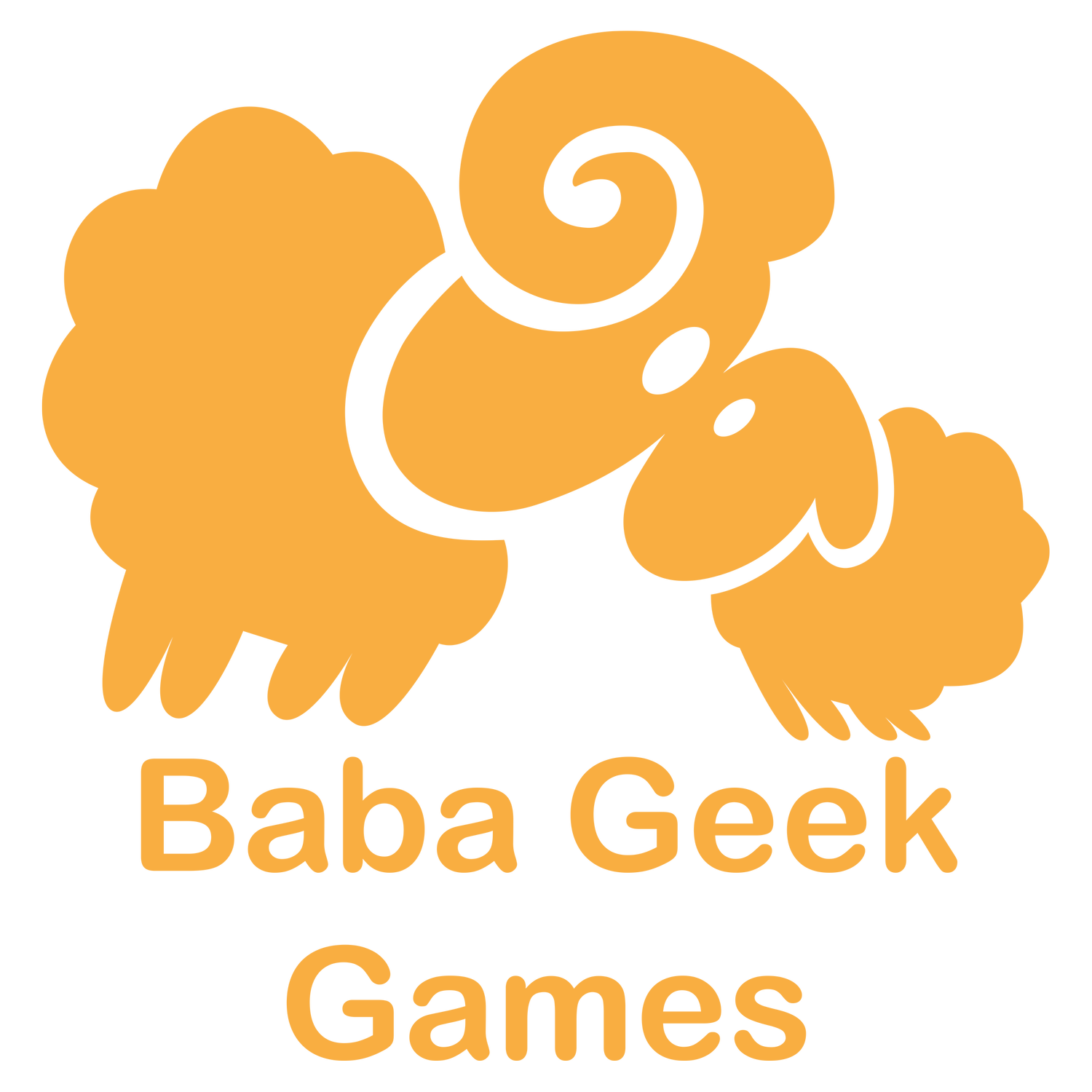The way I design games is to first establish what the game is trying to get across. This forms the core of the game and everything flows from and is applied to. What is this core made up of? I will answer that question and more about my methods.
I may start with a cool theme or mechanic, but usually I am trying to solve a problem. This goes to my root of creativity. Find a problem and solve it. When trying to solve the problem the core forms around this root idea.
Core concepts then come from the problem. For instance, if the problem I was trying to solve was that people are too happy playing games, the root would be a game that makes everyone mad by the end. What core concepts would come out of this? Maybe high confrontation, maybe mechanics that make the game too unpredictable.
I do this all before flushing out any mechanics, or putting together a prototype. But really it is a quick exercise that helps focus me. When creating prototypes and adding/removing mechanics I always refer back to my core list and see what should get added and what gets removed.
Over time the core may adjust as I get feedback and test out different theories. For the most part they are minor tweaks, but could be major. What does get changed is the game based on these cores. Do I really need skills? No, because they aren't key to one of the cores. Do I need a way to track story telling, yes to make it part of the game.
After many many meetings with other game designers, I almost always explain this process to new designers. If someone is struggling with an issue or a piece of feedback, I always ask them how it relates to what the game is about. It usually helps people quickly make a decision.
For Robit Riddle my root problem was getting my two sons, one a reluctant reader, the other a reluctant story teller, past these issues is a fun and engaging way. From that I came up with these core items:
- Reading and story telling involved
- Quick to keep their attention (around 30 minutes as a bedtime story replacement)
- Ages 6 or older while playing with older siblings or parents
- Fun, silly, and engaging
- Win and lose together
The last item "Win and lose together" used to be "Should not be able to fail" was one of the original core items since my boys hate to fail, but this has changed as I got feedback from both my boys and other play testers.
From these core concepts, some mechanics came easily:
- Easy RPG with no Game Master using a Game Book
- RPG for story telling
- No Game Master for win and loose together
- Game Book for reading, no game master, and quick play
- Dice are engaging and add excitement
- Cooperative play
- Win and lose together
- Fun (my boys love coop vs competitive)
- Non-Human pre-made characters
- Fun and silly can be done more easily in make-believe
- Story telling is easier when everything is already made up
- Pre-made to keep the game quick

